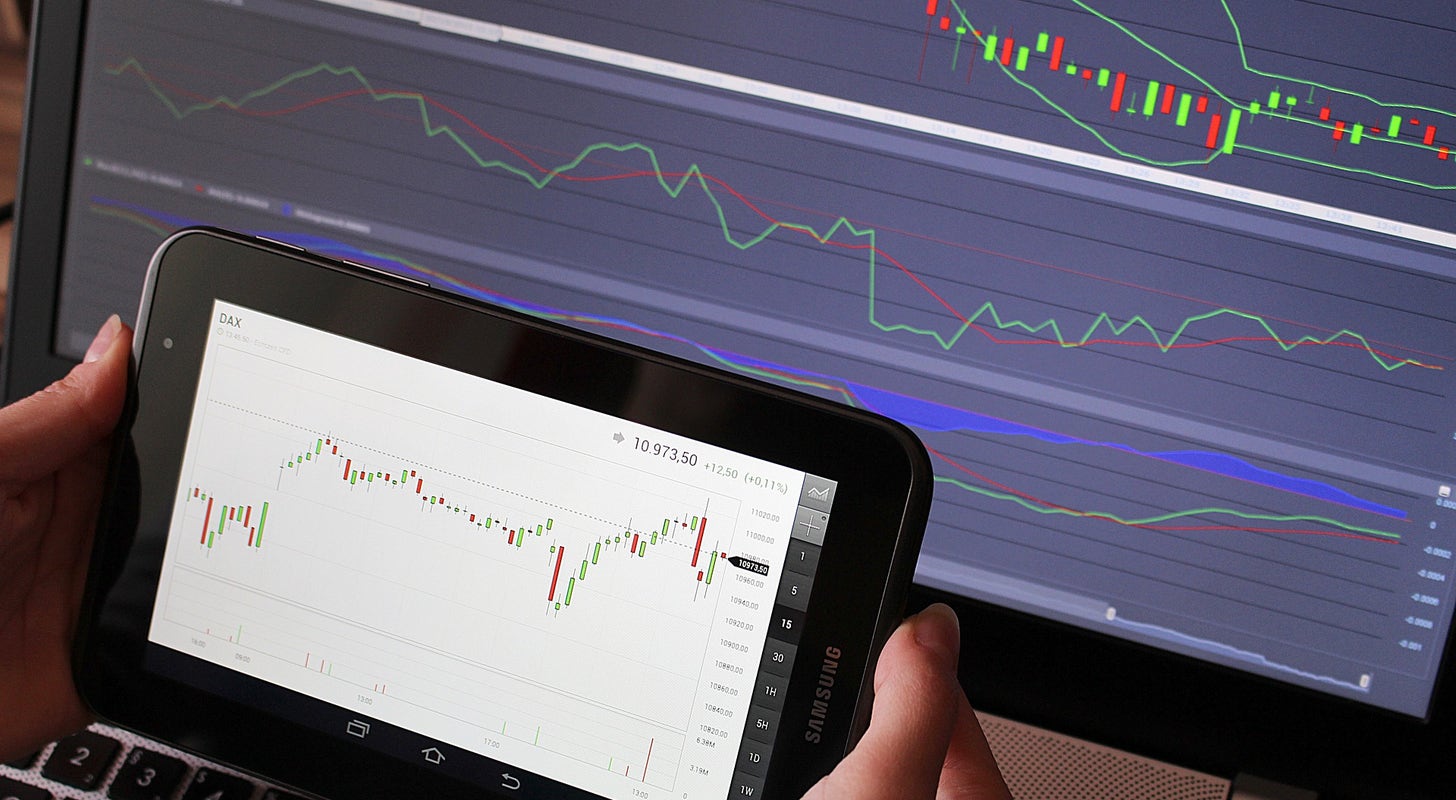Check Out What Whales Are Doing With VST Whales, $50.0-$80.0, Options trading, Benzinga Research, Vistra Corporation by https://www.benzinga.com/

AI Insights:
Simple Explanation:
Vistra is a company that helps other companies with their energy needs. Some big people who have a lot of money, called whales, think this company will do well in the future. They bought some special things called options to show they believe in Vistra. Most of these big people are optimistic about the company's growth and expect its price to go up. The highest price they think it can reach is between $50.0 and $80.0 per share. This information helps other smaller investors decide if they want to buy or sell shares of Vistra too. Read from source...
Critical Perspective:
- The title is misleading and sensationalist. It implies that there are some "whales" or large investors who are doing something unusual or noteworthy with VST, but it does not provide any concrete evidence or details about what they are actually doing. It also assumes that the readers are interested in knowing what these whales are up to, without explaining why this information is relevant or important for their investment decisions.
- The article relies heavily on options history data and analysis from Benzinga Insights, but it does not disclose any of the methodology or criteria used to identify "unusual" trades. It also does not provide any context or background information about VST as a company, its industry, its performance, its prospects, or its challenges. The readers are expected to blindly trust Benzinga Insights and its sources without questioning their validity, accuracy, or objectivity.
- The article uses vague and subjective terms like "bullish", "bearish", "price target", and "liquidity" without defining them or explaining how they are measured or calculated. It also does not provide any historical data or comparisons to show how VST's options activity has changed over time, or how it compares to other similar companies in the same sector or market. The readers are left with no way of verifying or interpreting the information presented in the article.
- The article tries to create a sense of urgency and excitement by using words like "conspicuous", "revealed", "delving into the details", and "what's the price target". It also uses rhetorical questions like "What's The Price Target?" to imply that there is some hidden or exclusive information that the readers can access if they follow the link to Benzinga Pro. However, these tactics are manipulative and deceptive, as they do not actually provide any valuable or actionable insights for the readers. They only serve to generate clicks and interest in Benzinga Pro, which is a paid service that offers more options data and analysis.
Investment Analysis:
We are not financial advisors. It's always essential for you to consult with a financial advisor and do your research before making any decisions about investments.
- Based on the article, there are two main types of whales involved in VST options trades: bullish and bearish. However, the majority of them are bullish, which suggests that they expect the stock price to rise or at least maintain its current level. This implies a positive outlook for VST and potential profit opportunities for investors who follow their lead.
- The whales have been targeting a price range from $50.0 to $80.0 for VST over the last 3 months, according to the volume and open interest trends. This indicates that they see value in this stock and are willing to hold their positions for a significant period of time. It also suggests that there is a strong support level at around $50.0 and a resistance level near $80.0, which may affect the stock's future performance.
- The number of unusual trades (9) and the total value of the contracts ($454,630) indicate that these are not casual or retail investors, but rather sophisticated and well-informed traders who have a large impact on the market. This further reinforces the idea that VST is an attractive stock for institutional and professional investors, as well as those who follow their moves closely.
- The ratio of bullish to bearish trades (77% to 22%) also indicates that most of the whales are optimistic about VST's prospects and are betting on its growth potential. However, this does not mean that there is no risk involved in investing in VST, as there may be other factors that could affect its performance, such as market volatility, competition, regulation, or corporate news. Therefore, it is important to conduct thorough research and analysis before making any investment decisions based on this information alone.